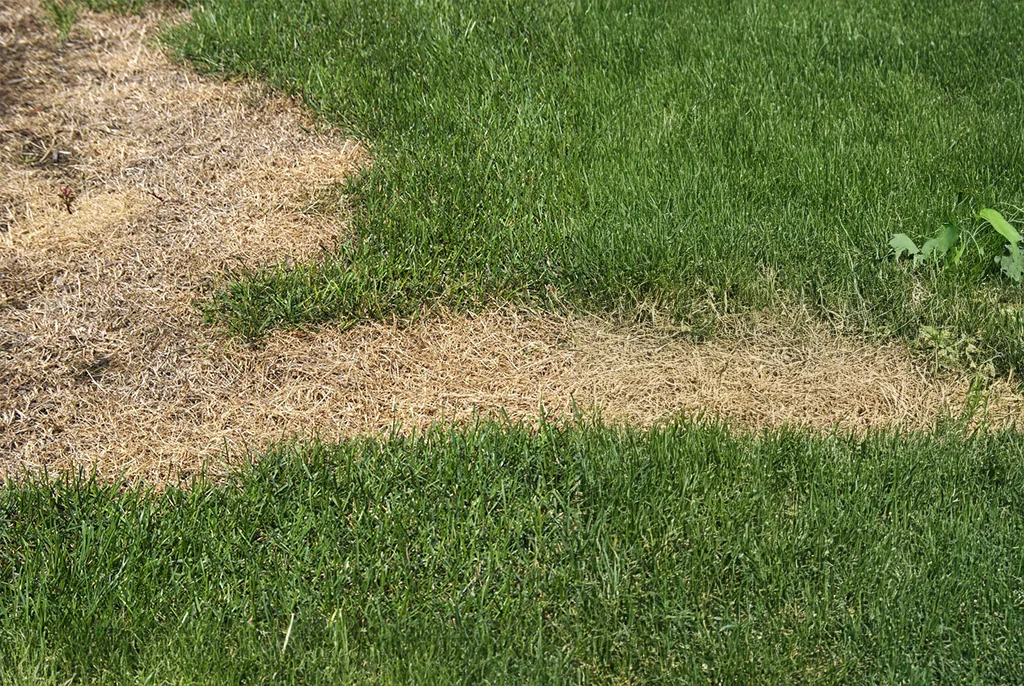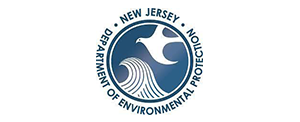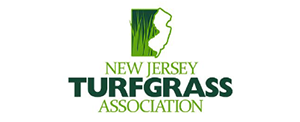A lush, green lawn is the pride of any homeowner, but underlying issues like lawn thatch can threaten its health and appearance. Thatch is a layer of organic material—roots, stems, and debris—that accumulates between the soil surface and the grass blades. While a small amount of thatch is beneficial for protecting the soil and retaining moisture, excessive thatch can choke your lawn by preventing water, nutrients, and air from reaching the roots.
Managing lawn thatch effectively is key to maintaining a thriving lawn. In this guide, we’ll explain what thatch is, how to identify it, and the best practices to prevent and remove it.
What is Lawn Thatch?
Lawn thatch forms when organic materials like grass clippings, roots, and stems accumulate faster than they can decompose. A layer of thatch less than ½ inch thick is considered healthy and can provide insulation for the soil. However, when thatch exceeds this thickness, it creates a barrier that can disrupt the natural flow of air, water, and nutrients.
Causes of Excessive Thatch Buildup
- Overwatering, which promotes shallow root growth and excessive grass production.
- Over-fertilizing with high-nitrogen fertilizers that encourage rapid growth.
- Improper mowing practices, such as cutting the grass too short or infrequently.
- Lack of soil microbial activity to break down organic matter.
Understanding the causes of thatch buildup is the first step toward preventing it.
Signs of Excessive Thatch
Is your lawn suffering from excessive thatch? Here are some common signs to watch for:
- Spongy Texture: When walking on your lawn, it feels bouncy or spongy.
- Poor Grass Health: Grass struggles to grow even with proper watering and fertilizing.
- Weak Roots: Grass blades can be pulled up easily, revealing a thick, fibrous layer underneath.
To measure thatch thickness, dig up a small section of your lawn and examine the layer of material between the soil and grass blades. If it’s more than ½ inch thick, it’s time to take action.
Preventing Thatch Buildup
Preventing thatch is much easier than dealing with it once it becomes excessive. Here are some tips to keep thatch under control:
Mow Properly
- Set your mower blades high (around 3 inches) to avoid cutting grass too short.
- Leave grass clippings on the lawn to decompose naturally, but only if thatch is not already an issue.
Water Wisely
- Water deeply and infrequently to encourage deep root growth. Avoid shallow, frequent watering that can promote excessive thatch.
Avoid Over-Fertilizing
- Use balanced fertilizers with lower nitrogen content to prevent overgrowth that contributes to thatch buildup.
Aerate Regularly
- Core aeration reduces soil compaction and promotes microbial activity that helps break down organic material.
By following these practices, you can prevent thatch from becoming a problem in the first place.
Managing Thatch Effectively
If thatch has already built up on your lawn, it’s essential to manage it effectively to restore your turf’s health. Here are some techniques:
- Dethatching: Use a dethatching rake or a power dethatcher to physically remove the excess thatch. This is best done during your grass’s active growing season to minimize stress.
- Core Aeration: Aerating your lawn creates small holes in the soil, allowing air and microorganisms to penetrate and break down the thatch layer naturally.
- Topdressing: Spread a thin layer of compost or sand over your lawn to introduce organic matter and stimulate microbial activity.
- Compost Tea or Liquid Aeration: Apply natural microbial solutions that speed up the decomposition of thatch while enriching the soil.
These methods can help you regain control of your lawn and promote healthy grass growth.
When to Take Action
The best time to dethatch or aerate your lawn depends on the type of grass you have:
- Cool-Season Grasses: Dethatch in early spring or fall when the grass is actively growing.
- Warm-Season Grasses: Dethatch in late spring or early summer for the best results.
Proper timing ensures that your lawn has the resources to recover quickly from dethatching or aeration.
Lawn thatch, when left unmanaged, can hinder the health and beauty of your turf
By understanding what thatch is, identifying excessive buildup, and following prevention and removal techniques, you can keep your lawn in top condition. Remember, preventing thatch through proper lawn care practices is always better than dealing with it after it becomes a problem.
Is thatch getting in the way of your dream lawn?
Contact GreenStripe today for professional dethatching and aeration services. Let us help you maintain a lush, healthy lawn that you can enjoy year-round.



